
Glass can be found everywhere in our lives, and the items made from it are often both practical and beautiful. However, do you really know about glass? Do you know what the raw materials used to make glass are? Did you know that glass is not actually solid? Did you know that glass shatters faster than an airplane? This article will take you to explore 14 interesting trivia about glass, from history to science, from everyday use to wonderful use, to give you a whole new understanding of glass. Get your curiosity ready, let's get started!
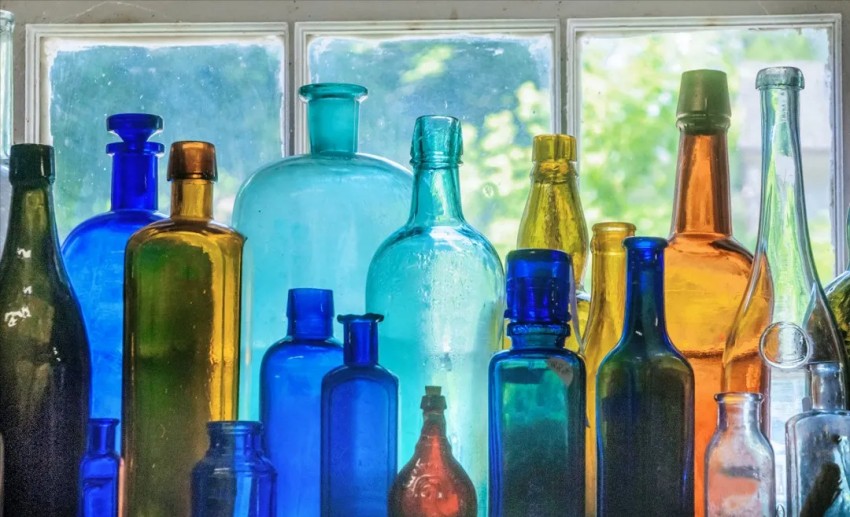
The main component of glass is silica (SiO₂) in sand, which has a melting point of up to 1700 degrees Celsius. Therefore, in the process of making glass, the sand needs to be heated to about 2000 degrees Celsius to melt it into a liquid. In addition to sand, substances such as sodium carbonate (Na₂CO₃) and limestone (CaCO₃) are added to the complete glass manufacturing process. These ingredients are mixed and melted at high temperatures to form a glass liquid. Wait until the glass liquid has cooled, and you can get clear glass.
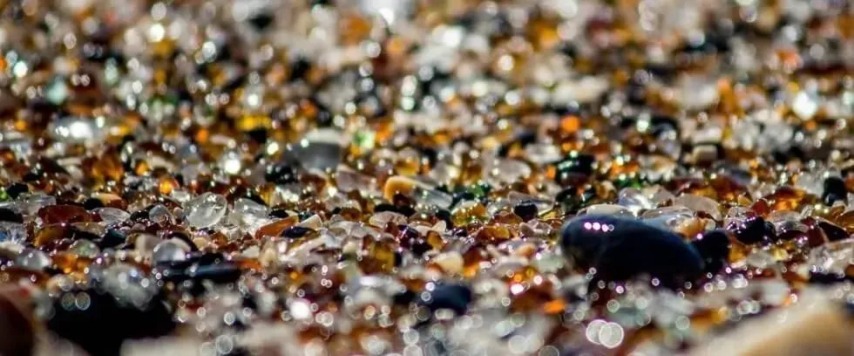
In the glass manufacturing process, 0.4% to 0.7% metal oxides (mainly minerals) are added as colorants, which can make the glass appear in a variety of different colors. Specifically, the addition of chromium oxide (Cr₂O₃) makes the glass green, the addition of manganese dioxide (MnO₂) turns the glass purple, and the addition of cobalt oxide (Co₂O₃) makes the glass blue. These colorants can alter the energy level transitions of electrons in the glass, allowing the glass to selectively absorb visible light, resulting in different colors.
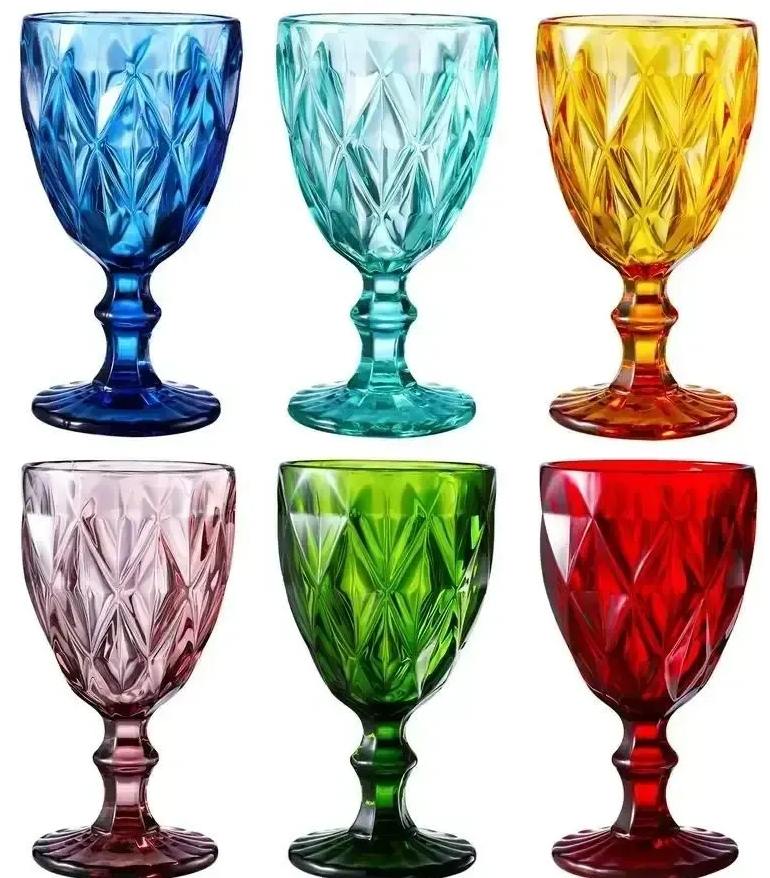
Through high-temperature events such as volcanic eruptions, lightning strikes, and meteorite impacts, glass can form naturally. Obsidian, formed by the rapid cooling of lava during volcanic eruptions, is the most common natural glass, and its main component is silica (SiO₂), which was formed about 40 million years ago. In addition, lightning strikes can also melt and quickly cool the sand on the surface, forming natural glass called lightning stone. Finally, when a meteorite hits the Earth, the high temperatures and pressures generated can also cause the rock to melt and form glass, such as the Libyan desert glass. These natural glasses are not only found on Earth, but also found on the moon as a result of volcanic activity and meteorite impacts.
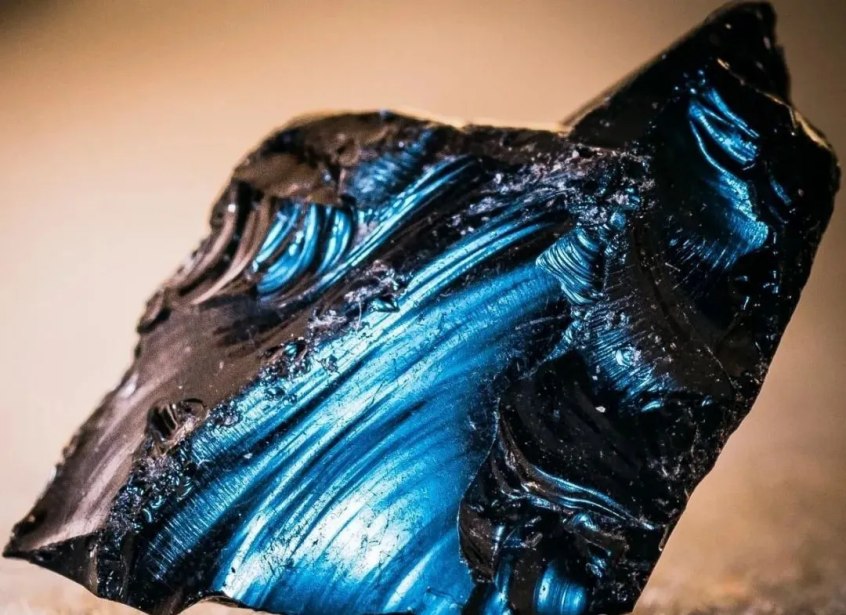
The moment the glass breaks is so fast that it is difficult to capture with the naked eye, and it often takes a high-speed camera to clearly record the process. After testing, the speed at which cracks propagate when the glass breaks can reach 5,400 kilometers per hour, while the cruising speed of an ordinary civil airliner is about 800 to 1,000 kilometers per hour, which means that the speed of glass shattering is more than 5 times the speed of an aircraft. Even a supersonic aircraft can fly at a speed of only about 1,278 kilometers per hour, which is still well below the speed at which glass shatters. This high-velocity fragmentation phenomenon is important in scientific experiments and safety testing, helping us better understand the physical properties and behavior of glass.
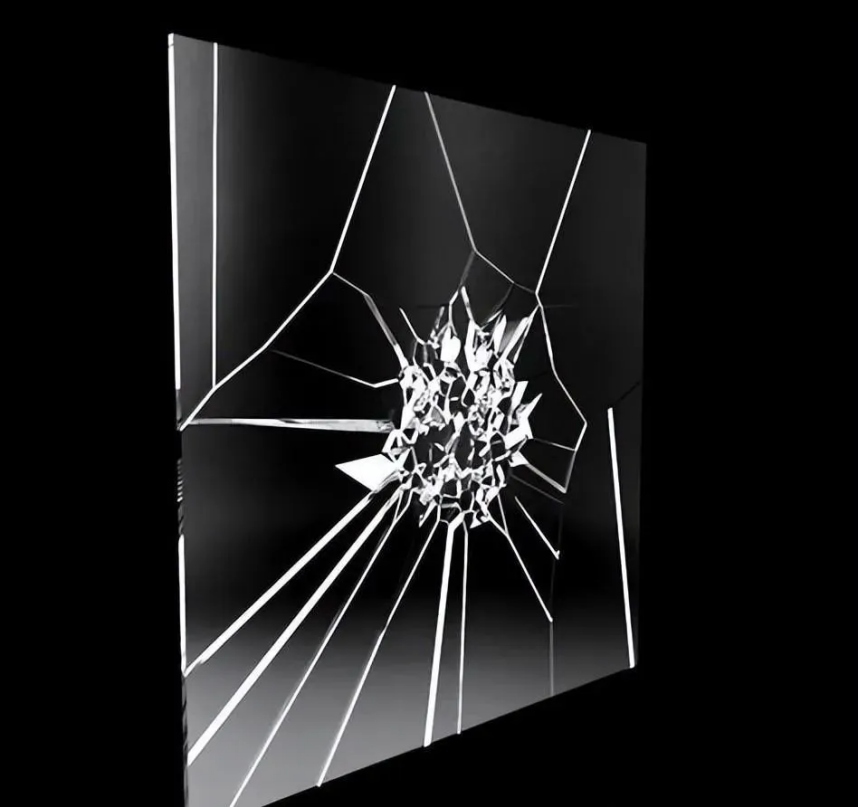
Despite appearing like a solid, glass is not a solid in the traditional sense, but rather an amorphous solid or a highly viscous liquid. This is mainly due to the fact that the atomic arrangement of glass is as disordered as that of liquids, and this disordered arrangement gives glass some of the properties of liquids. For example, glass is actually moving slowly, but it is only after a very long period of time (say hundreds of years) that our naked eye can observe the changes. This may explain why some ancient buildings have glass windows thicker at the bottom than at the top. Scientific studies have shown that the atoms of glass move 20 to 30 orders of magnitude slower than ordinary liquids.
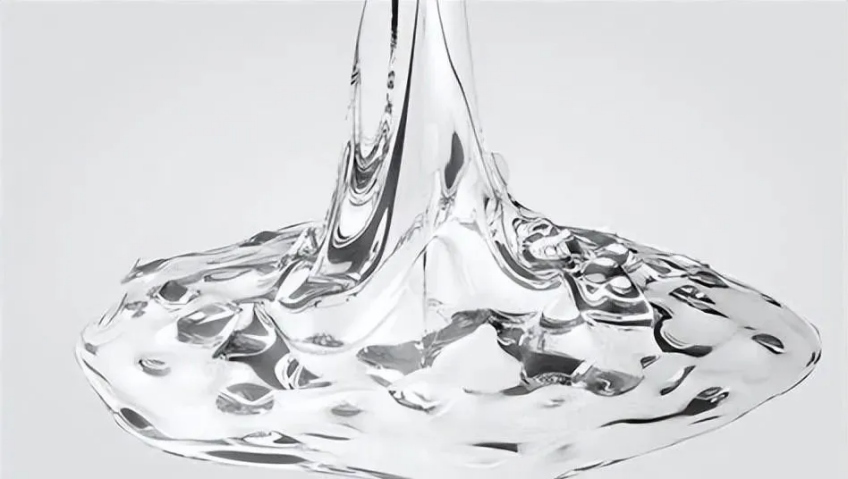
The most expensive glass item in the world is a champagne glass designed by Australian jeweler John Calleija, which sells for up to $400,000 (about 3 million yuan). The glass was extracted from 8 kg of quartz crystal blocks by five craftsmen over a period of three months, and set with 1,700 white diamonds (15 carats) of rare pink diamonds (6 carats).
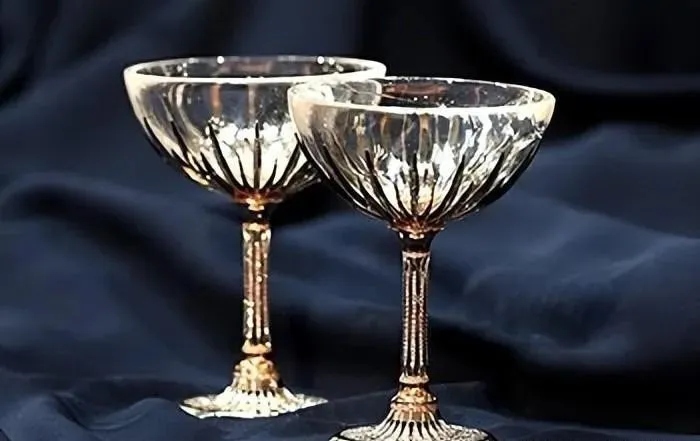
Glass is a 100% recyclable material with an extremely high recycling rate. According to 2022 data, about 24.327 million tons of waste glass are recycled globally every year. In China, the recycling volume of waste glass is about 8.5 million tons, accounting for 35% of the total waste glass production. After the waste glass is sorted, cleaned and reprocessed, it can be remade into new glass products. Every tonne of glass recycled saves about 1.2 tonnes of raw materials and reduces CO2 emissions by around 315 kg.
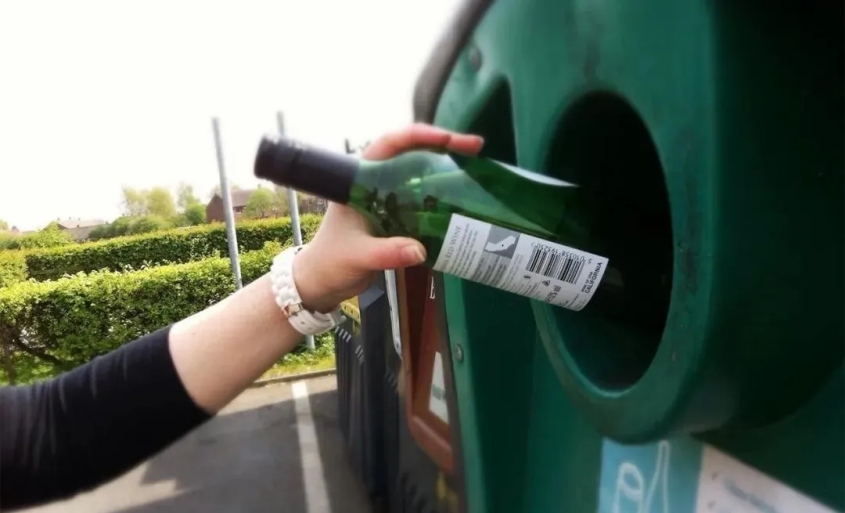
Glass is chemically stable, and its main component, silica (SiO₂), is not easily chemically degraded in the natural environment. Therefore, in nature, the degradation of glass mainly relies on physical actions such as weathering and abrasion. When glass is buried in the ground, the physical effects are greatly reduced, and it takes about 1 million years to completely degrade.
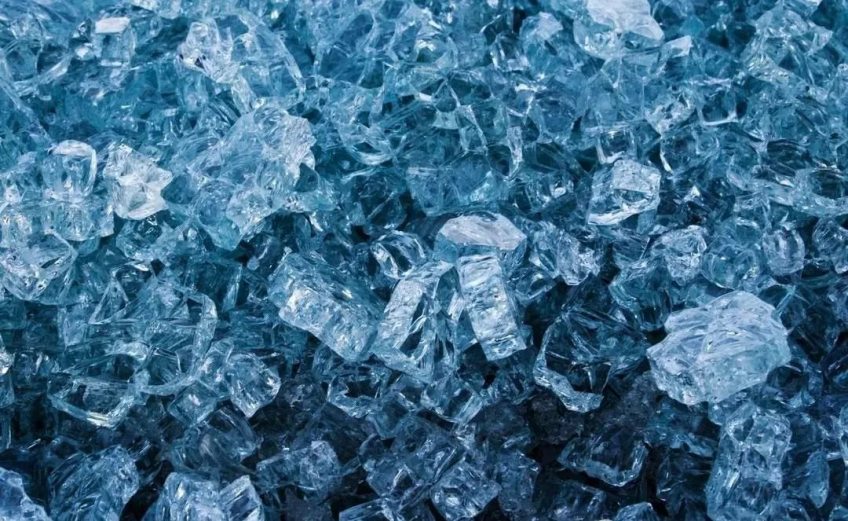
The first country to make glass was ancient Egypt, where archaeologists have found small glass beads dating back about 4,000 years. The intricacies of these glass beads show the high level of skill of the ancient Egyptians in glassmaking. In addition, there is evidence of early glassmaking in Mesopotamia (in present-day Iraq), dating from about 3500 BC. Glassware from ancient Egypt and Mesopotamia was mainly used for decoration and religious ceremonies. Over time, glass-making technology gradually spread to other regions, such as Ancient Rome and Ancient Greece. In the 1st century BC, the Syrians invented the craft of blowing glass, making glassmaking simpler and more efficient.

Glass is an amorphous material that does not have a regular structure like crystals. When glass is heated, it gradually softens over a range of temperatures, rather than completely melting at a certain temperature. Specifically, the melting point of silica (SiO₂), the main component of ordinary glass, is about 1600 degrees Celsius, but the softening point of glass is usually around 500 degrees Celsius. In practice, glass begins to deform at around 600 degrees Celsius and then gradually becomes softer. This property, which has no fixed melting point, gives glass a unique advantage in manufacturing and processing.
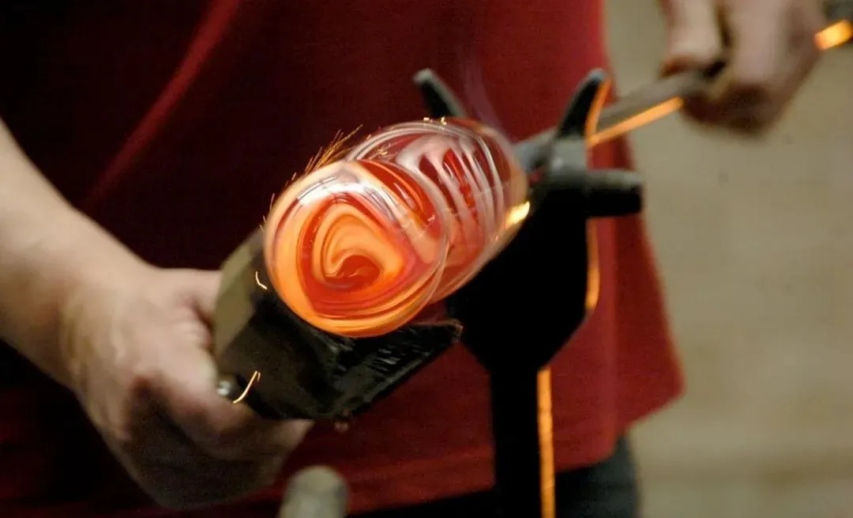
In ancient times, due to the complex and expensive process of making glass, which was only available to royalty and the wealthy, it was an extremely precious luxury item, mainly used to make jewelry, utensils, and ornaments. For example, the ancient Egyptians would make necklaces and earrings out of glass, while the ancient Greeks and Romans would use glass to make wine glasses and plates. In ancient China, glass products were also regarded as top luxury goods, and their prices were higher than gold. For example, the glass beads inlaid on the sword of King Goujian of Yue during the Warring States period were the most precious ornaments of the time.
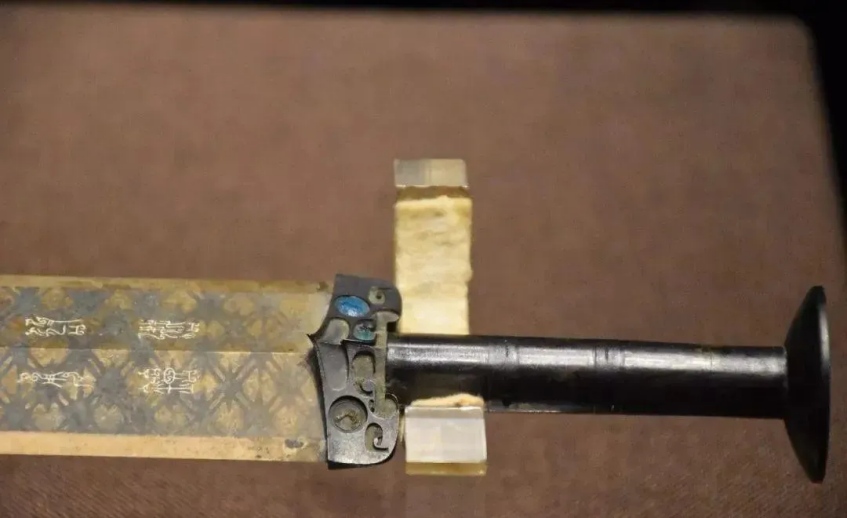
China's glass industry has developed by leaps and bounds since the reform and opening up, and has now become the world's largest glass industry system. In 2023, China's glass production reached about 800 million cubic meters, accounting for more than 50% of the world's total. Chinese glass manufacturers such as Fuyao Glass and Xinyi Glass occupy an important position in the international market. Fuyao Glass is one of the world's largest automotive glass suppliers, with a market share of more than 50%. Xinyi Glass is the world's leading manufacturer of float glass and photovoltaic glass. At the same time, China's glass exports are also increasing, reaching about $12 billion in 2023. These figures show that China occupies a significant position in the global glass market.
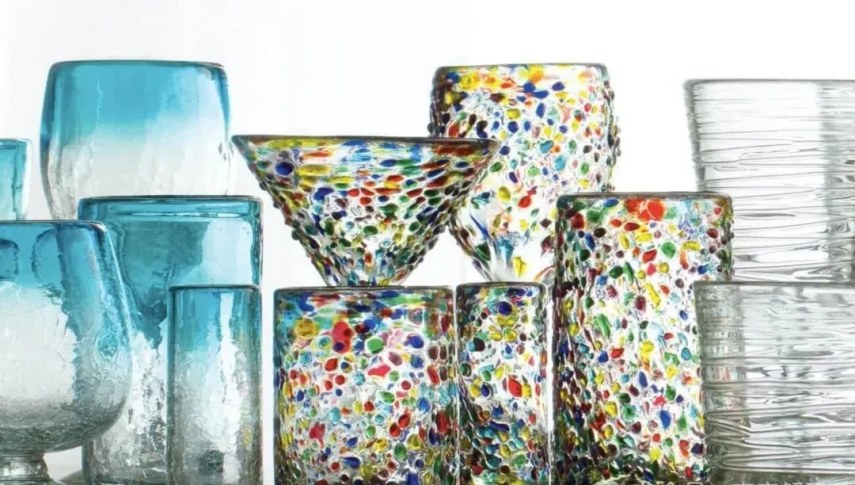
Beer is usually served in green or brown glass bottles, as these colored bottles can effectively protect the beer from light. Ultraviolet rays from sunlight react with the iso-alpha acid in beer to produce a compound that smells similar to that of a skunk. Studies have shown that brown glass bottles block about 98% of UV rays, while green glass bottles block about 60%.
In the beginning, the brewery mainly used brown bottles, which were more efficient for the protection of the beer. However, during World War II, there was a shortage of brown glass bottles, which led to a large number of breweries switching to green bottles. Over time, the green bottle has gradually become a symbol of high-quality beer. Today, green and brown bottles are still the dominant choice in the market, despite technological advances that have made it possible to protect beer in other colors.
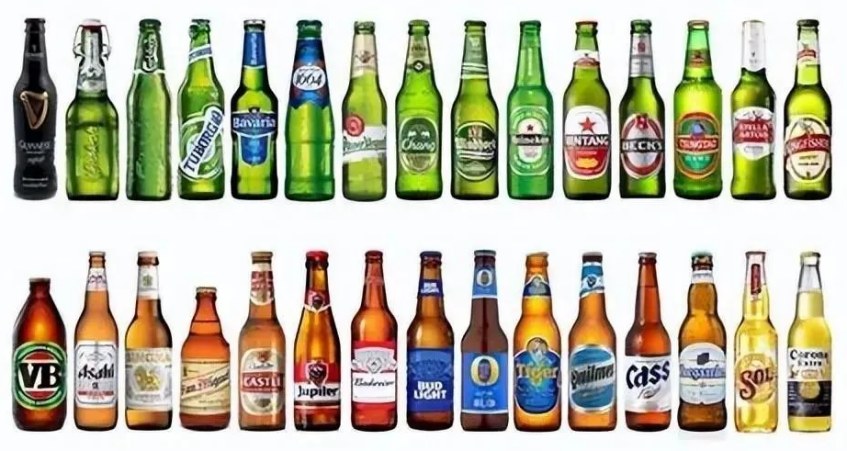
Although both glass and glass fibers are mainly composed of silicon dioxide (SiO₂), they have significant differences in structure and use. Fiberglass is a filament made by heating glass to a molten state and then drawing it into a filament with a diameter of only a few microns. These fibers have a tensile strength (2,000 to 3,000 megapascals) that is 200 to 750 times higher than that of ordinary glass, and a density (2.4 to 2.7 grams per cubic centimeter) that is lower than most metals, making them widely used in aerospace, construction, and electronics. In addition, glass fibers have excellent heat resistance and electrical insulating properties, a softening point between 550 and 850 degrees Celsius, and are virtually non-conductive. These two properties also make glass fibers play an important role in the manufacture of high-performance composites and insulating materials. In contrast, ordinary glass is mainly used for windows, bottles, and decorations, among other things.
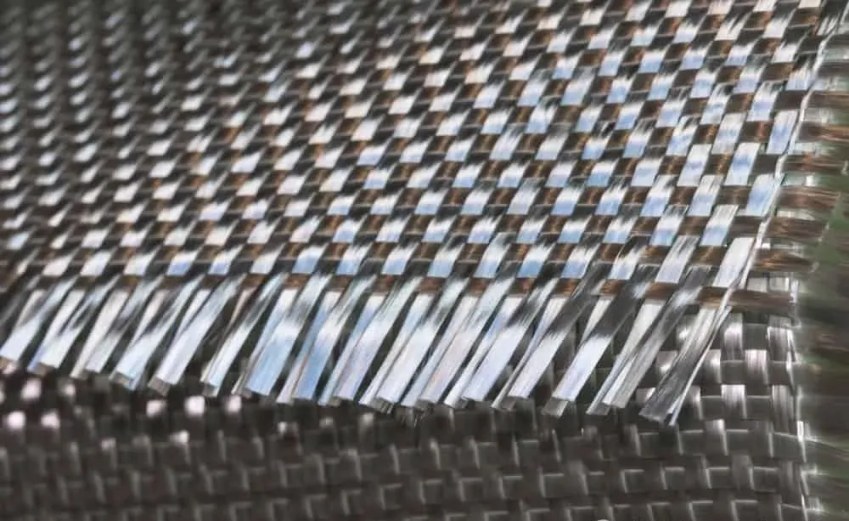
Name: Litong Glass
Mobile:+86 16632961602
Tel:+86 16632961602
Email:vip@litongglass.com
Add:Shahe city,Hebei,China